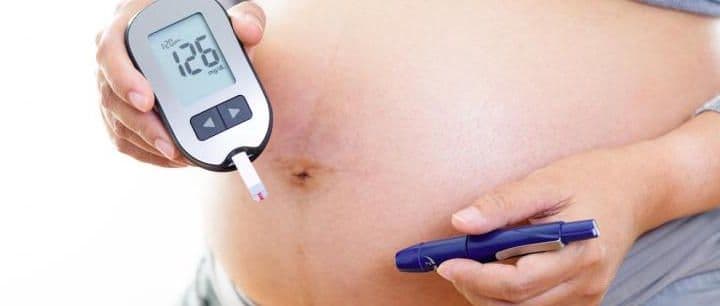Cholestasis During Pregnancy
Medical Problems
Obie Editorial Team

Congratulations on your exciting journey called pregnancy. Toward the end of your pregnancy journey you may start to experience something called cholestasis of pregnancy. This is a liver condition that occurs due to the interference of high pregnancy hormone levels with bile flow in your gallbladder. When the bile flow slows or stops, bile acids can accumulate in the liver and eventually seep into the bloodstream.
This condition is relatively common, affecting about 1 in every 1,000 pregnancies, and is more often seen in the third trimester, when hormonal levels are at their highest. If you belong to Swedish or Chilean ethnic backgrounds, your likelihood is slightly increased. The good news is it typically resolves itself soon after you give birth.
Cholestasis is primarily driven by hormonal influences on your gallbladder's ability to effectively transport bile. Bile, produced by the liver, plays a key role in breaking down fats in our diet. If impeded, it results in a buildup of bile acids in the liver and bloodstream, leading to the symptoms we need to recognize.
Symptoms of Cholestasis
- Itching, especially on hands and feet – this might be the first sign.
- Dark urine color
- Pale bowel movements
- Fatigue or extreme tiredness
- Loss of appetite
- Depression
- Jaundice (yellowing of skin, eyes, and mucous membranes)
- Upper-right quadrant abdominal pain
- Nausea
Some factors may increase the risk, including carrying multiples, previous liver issues, or family history of cholestasis.
Managing Cholestasis
If you suspect that you may be suffering from Cholestasis, you should contact your doctor. Your health team will perform a thorough assessment, including a medical history review, physical examination, and specific blood tests focusing on liver function, bile acids, and bilirubin to diagnose cholestasis.
Routine checks may reveal no negative impact from cholestasis, but there is a slightly heightened risk for complications such as fetal distress, premature birth, or stillbirth. Your healthcare provider may recommend increased surveillance, including fetal heart monitoring through non-stress tests and routine blood checks to measure bile and liver function. Some practitioners might suggest induction near your due date to minimize potential risks to your baby.
Treatment of Symptoms
The aim here is to manage itching and ensure both your well-being and your baby’s. Options include:
- Topical anti-itch or corticosteroid medication.
- Ursodeoxycholic acid to reduce bile acid levels.
- Cold baths to soothe itching by lowering blood temperature.
- Dexamethasone may speed up your baby’s lung development.
- Vitamin K supplements to prevent hemorrhaging risks before and after delivery.
- Cholestyramine use is contentious due to its potential side effects and vitamin K interference.
Work with your healthcare provider to devise a treatment plan suited to your personal medical history, current health, and treatment preferences. They will consider how your body reacts to certain medications and set realistic expectations for the journey ahead.
Future Considerations
If you’ve experienced cholestasis before, there is a high possibility of recurrence in subsequent pregnancies, estimated up to 90%. Discuss your future planning with your doctor to manage this likelihood and prepare a strategy tailored for upcoming pregnancies.
Read More









